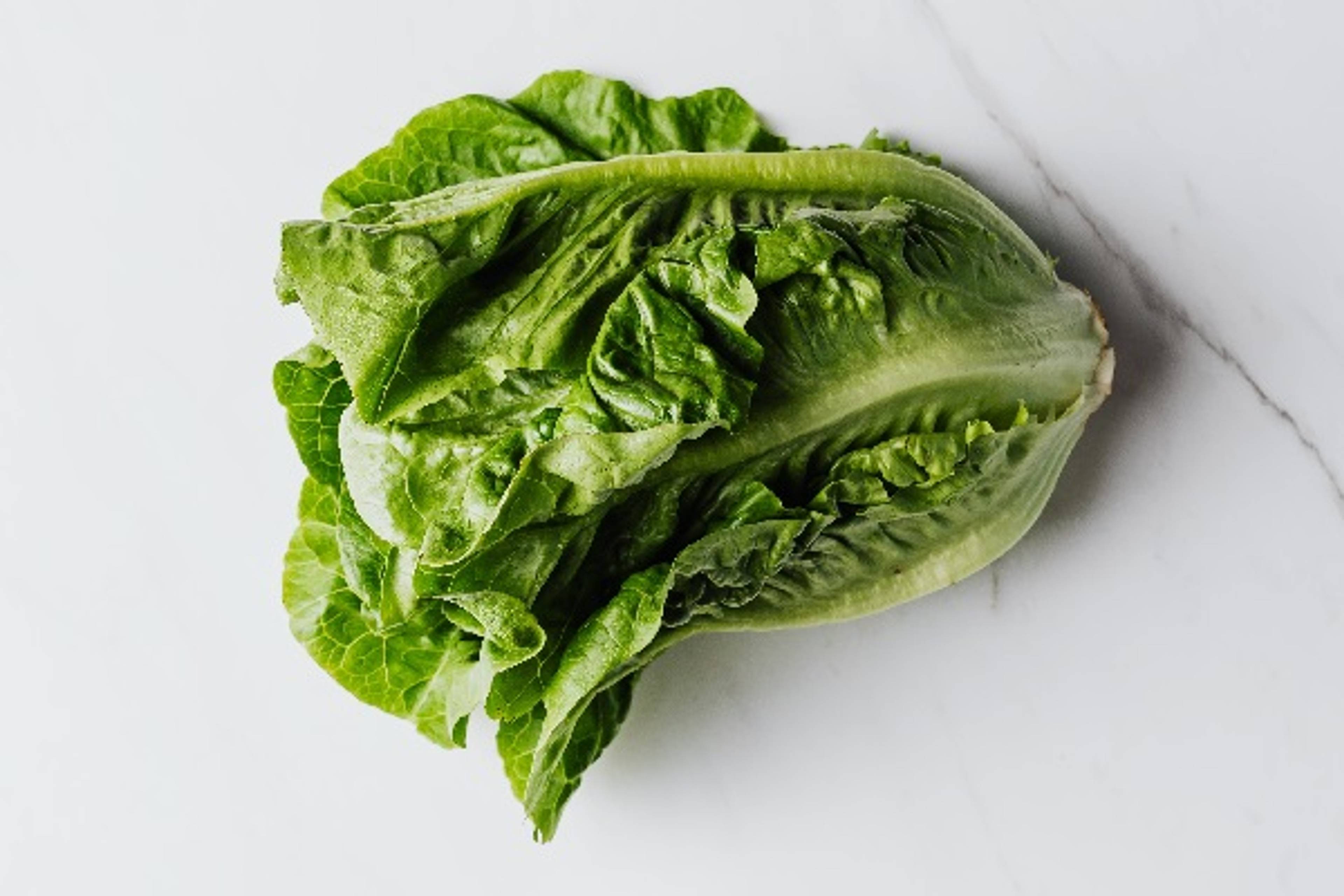10 Types of Lettuce and What They’re Used for
Lettuce 101
A leafy green salad isn’t the only way to eat lettuce—sandwiches, burgers, wraps, tacos, and more are all enhanced by a little greenery. But there’s no reason to get stuck in a romaine rut at the grocery store. There are many types of lettuce to try in your recipes. Our top 10 lettuce varieties (some are not *technically* lettuce, more on that later) are listed below, with some tasty ideas for how to eat each one. But first, a few tips on storage.

How Should You Prep and Store Lettuce?
What Is a Lettuce, Anyway?
Lettuce is a leafy annual green, almost exclusively eaten raw. There are four main types of lettuce: romaine (or cos), which forms tall and loose oblong heads; crisphead, which grows in tight heads that resemble cabbage; butterhead, which grows in soft, thick-leaved heads; and looseleaf, or leaf lettuce, which grows in a loose rosette of tender leaves off the stem. Within these four varieties, there are more than enough subvarieties to try a new one every day of the month, but we’ll stick to the ones most easily found in your local grocery store.

1. Romaine Lettuce

2. Little Gem Lettuce

3. Butterhead Lettuce

4. Crisphead Lettuce

5. Green and Red Leaf Lettuce

6. Oak Leaf Lettuce

7. Mesclun (Spring Mix)

8. Arugula

9. Radicchio
